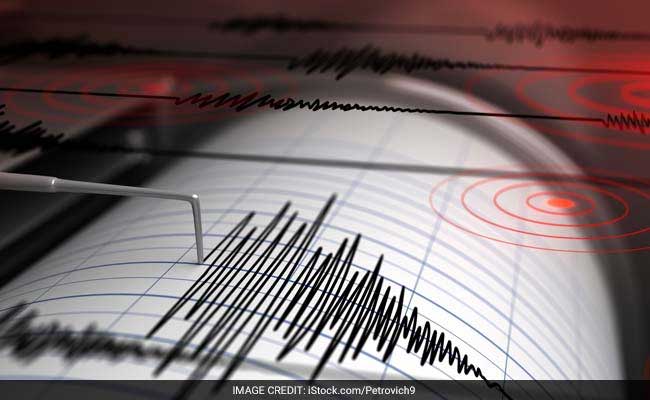[ad_1]
Rapid urbanisation, construction, vehicular pollution, coal-fuelled power plants, crop burning and the operation of brick kilns have resulted in alarming levels of air quality and in the past few winter months, it has been at its worst due to atmospheric conditions which causes smog due to pollutants being trapped closer to the ground and exposure to this pollution can have serious health impacts. Winter smog is a complex mixture of various pollutants that can have adverse effects on air quality and human health.

In an interview with HT Lifestyle, ENT surgeon Dr Vikas Agrawal shared, “It includes particulate matter, Nitrogen Oxide, Sulfur Dioxide (SO2), Volatile Organic Compounds (VOCs), Ground-Level Ozone (O3), Carbon Monoxide (CO), Heavy Metals and Ammonia (NH3). These pollutants can interact and undergo chemical reactions in the atmosphere, leading to the formation of smog. And yes, the effects are as bad if not worse than smoke. Especially because vulnerable populations, such as children, the elderly, and individuals with pre-existing respiratory conditions, may be more susceptible to the health effects of winter smog.”
He revealed five ways in which winter smog can impact these areas –
1. Irritation and Dryness: Winter smog often contains particulate matter and pollutants that can irritate the mucous membranes in the nose and throat. This irritation can lead to dryness, discomfort, and itching.
2. Increased Respiratory Infections: Exposure to winter smog can weaken the respiratory system’s defenses, making individuals more susceptible to respiratory infections such as sinusitis, bronchitis, and ear infections. The pollutants in smog can compromise the immune system’s ability to fight off infections, leading to a higher risk of illness.
3. Vulnerability to Asthma and Allergies: Winter smog can worsen existing respiratory conditions, such as asthma and allergies. The pollutants in smog can trigger asthma attacks and exacerbate allergy symptoms, causing congestion, sneezing, and difficulty breathing.
4. Worsening of Chronic Conditions: Individuals with chronic respiratory conditions, such as chronic obstructive pulmonary disease (COPD) or rhinitis, may experience worsened symptoms during periods of winter smog. The increased levels of pollutants can lead to increased inflammation and exacerbate pre-existing conditions.
5. Throat Irritation and Soreness: Exposure to pollutants in winter smog can result in throat irritation and soreness. This discomfort may be accompanied by coughing, hoarseness, and a scratchy throat. Prolonged exposure to smog can contribute to the development of chronic throat conditions.
To minimise the impact of smog on the ENT system, Dr Vikas Agrawal suggested that individuals should take preventive measures such as:
- staying indoors during peak smog hours
- using air purifiers
- staying hydrated to help soothe mucous membranes.
He concluded, “Steam inhalation can help soothe irritated nasal passages and ease congestion. It can be beneficial for relieving symptoms such as nasal congestion, throat irritation, and sinus discomfort. However, naturally, it does not address the pollutants present in smog. Additionally, seeking medical attention for persistent symptoms (any condition that prolongs over a week) is crucial to address any potential health concerns.”
[ad_2]
Source link








